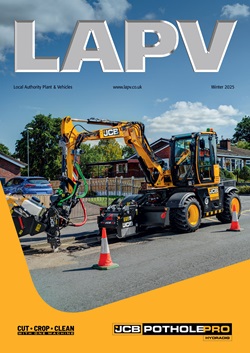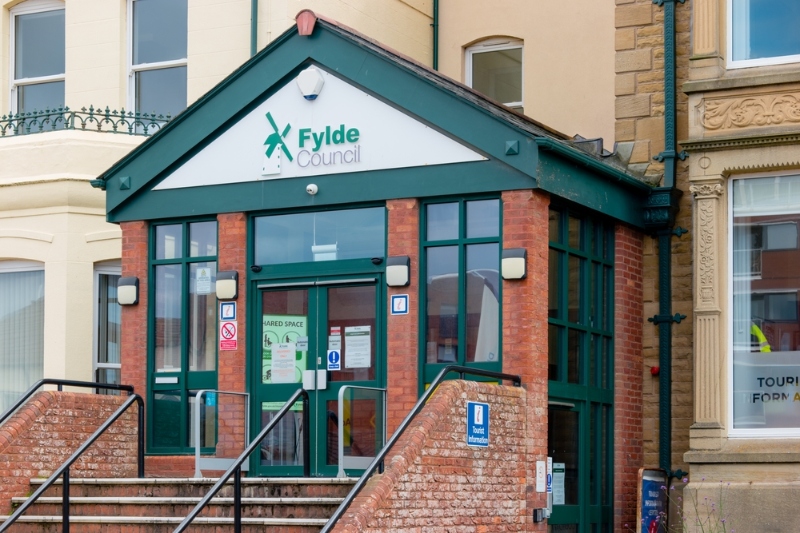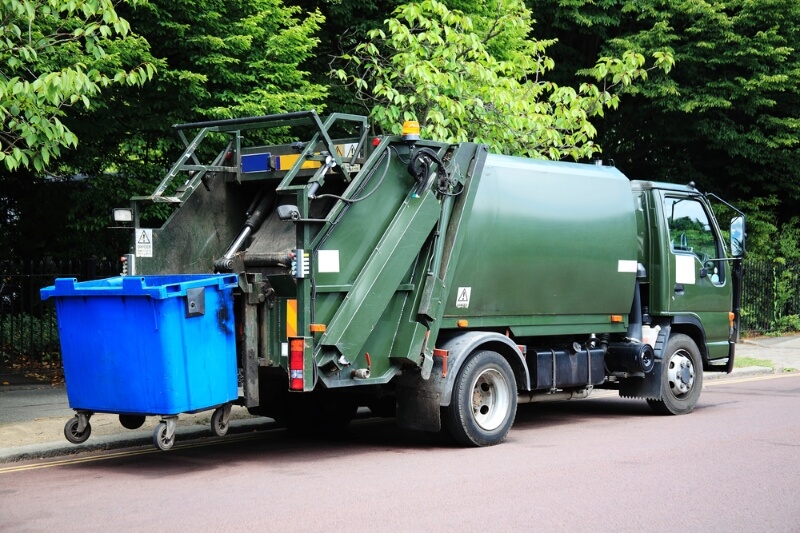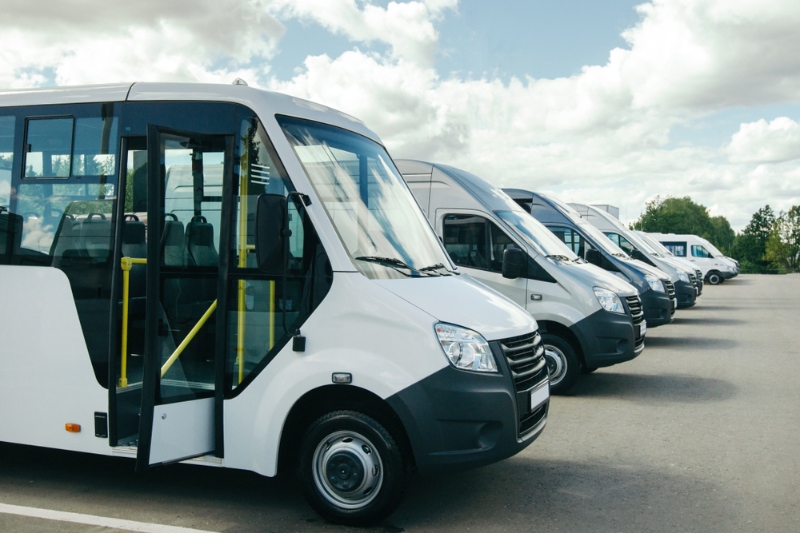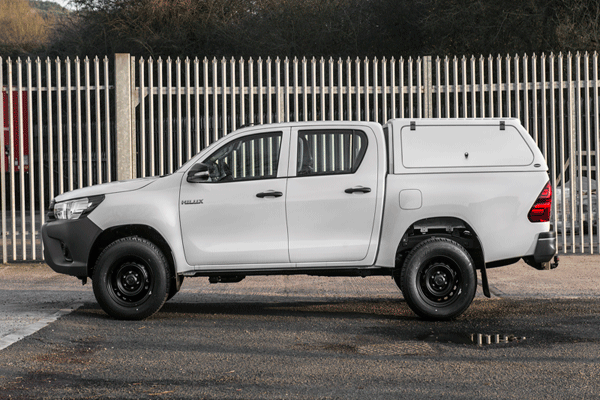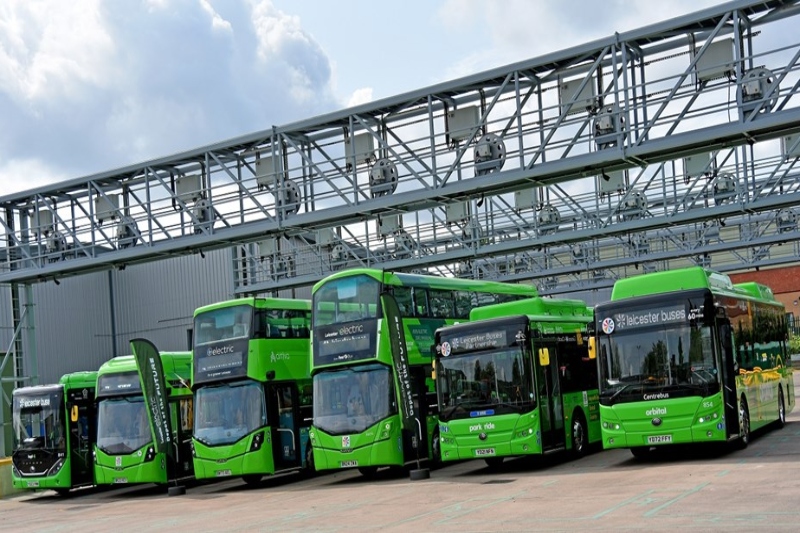In an effort to achieve 'net-zero' carbon emissions, many local authorities across the UK are implementing immediate measures to cut the number of vehicles entering towns and cities. Pressure increased after a 2015 Supreme Court ruling that demanded ministers take immediate action to cut air pollution. Following this ruling five UK cities (Birmingham, Leeds, Southampton, Nottingham and Derby) set up Clean Air Zones (CAZ).
Reducing congestion in city centres is not new. However, there is no common consensus on how to move forward, even across the different cities that are implementing CAZ. Birmingham plans to charge a fee for access to its city centre for cars, taxis, buses and coaches. Southampton has dropped plans to charge vehicles for access to the CAZ, preferring to use other means to reduce pollution. Other cities have published plans to charge HGV vehicles and taxis for access to CAZ but not private cars.
With nearly nine in 10 car users in England agreeing that they require a car for their current lifestyle, local authorities need to strike the right balance between reducing congestion and maintaining sustainable travel networks.
Achieving equilibrium
Nobody benefits from traffic congestion. Not only does it increase pollution in the air, it makes people late. There is evidence that it causes road accidents and can even lead to more road rage. Many cities were not designed to deal with modern volumes of traffic. But reducing congestion relies on more than charging cars to enter certain areas.
Paul Moorby is CEO of Chipside
Image: 1000 Words / Shutterstock.com.
To continue reading this feature visit LocalGov.co.uk.


